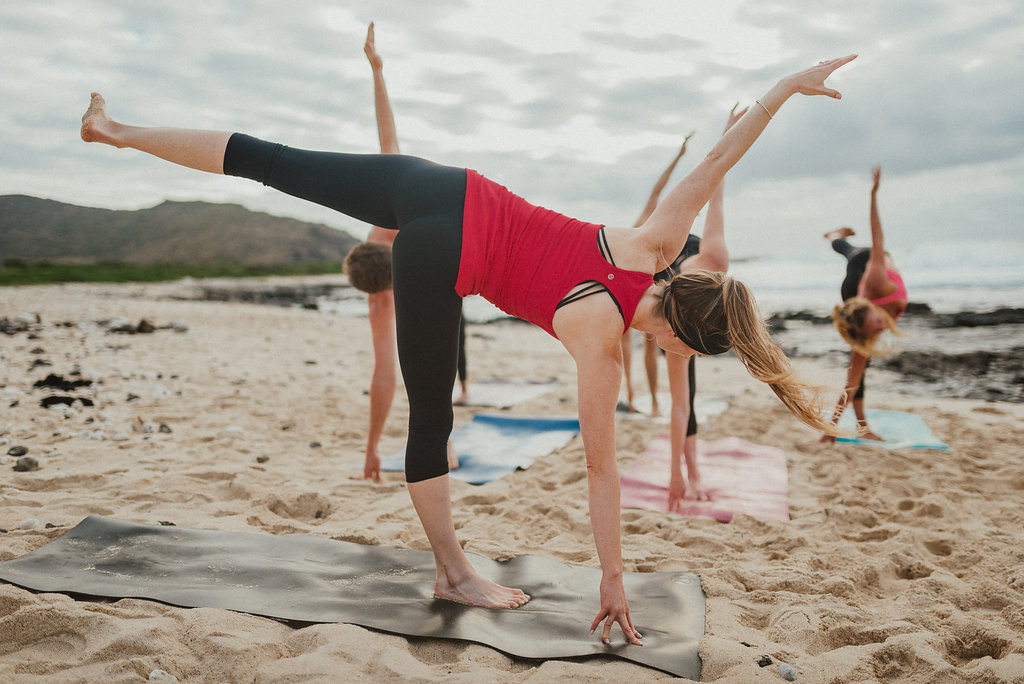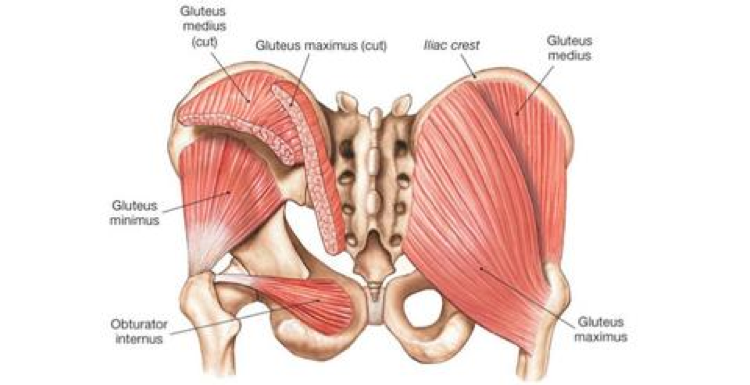
I know many of my yoga students are athletes, runners, avid walkers, soccer players, swimmers, tennis players, surfers, you name it! And others are non-athletes, but active people. All come to the yoga mat to find balance in their body and mind. This blog post is specifically about the former, balance in the body, which in my opinion, indirectly effects the balance of our mind.
Let’s entertain the example of a runner. You can run and run, but if you don’t cross-train, and work on your dynamic mobility, you will ‘run’ into some problems – pun intended. This piece to training is crucial. If you don’t work to maintain proper mobility, you won’t perform as well, you won’t feel as good, and ultimately you are at risk of an injury, if not already injured.
Adding in yoga to your weekly run workout regimen, is one way to restore balance to these muscles that have become imbalanced. The type of yoga that is particularly helpful for runners and athletes is vinyasa yoga. Vinyasa yoga is inherently dynamic, we are moving, breath-to-movement, aka breath to posture. The practice will help strengthen and lengthen muscles appropriately, in order to maintain or restore healthy range of motion (ROM).
If you’ve practiced vinyasa yoga before, you know that it can be challenging. One way we are often challenged on the mat is by holding postures (not for terribly long), but it does the job of effectively improving endurance of these muscles. Often times, the muscles that fatigue as we attempt to hold a pose, are those muscles that we need to target and improve strength and in some cases also length. Yes, a muscle can be both tight and weak.
The pose that comes to mind immediately for me, is half moon (ardha chandrasana) pictured at the very top. In this pose, we have to hold one leg and arm up in the air (against the force of gravity). The strength it takes to keep our leg lifted, falls to a gluteal muscle known as gluteus medius. When we contract the whole of this muscle, it will abduct the thigh (move it away from the ground, where it is being forced down by gravity).

How does this muscle impact a runner? Or even a walker for that matter?
Well when we have weakness in the gluteus medius, we can develop pelvic drop in the frontal plane, either ipsilaterally (on one side) or bilaterally (on both sides). Visualize the way a model walks down the runway. The model sasses her hips from side to side, this is what pelvic drop (pelvic tilt) in the frontal plane looks like!
One might say that models have weakness in their gluteus medius muscle. Although, I realize they do this walk intentionally, it is no good for functional movement. Particularly, if you are running, and thus adding more force to the movement. Depending on your running foot strike pattern, the vertical ground reaction forces experienced when running are roughly two to three times your body weight.
To a lesser degree, gluteus minimus (a muscle deep to gluteus medius) helps with keeping the pelvis level during movements. Often times as running duration or speed increase, any imbalances we have become more apparent. When gluteus medius and minimus are faced with the need to function under the demands of running, the runner might begin to have continual hip drop. This occurrence might be fine a few times. However, in all likelihood, they won’t be fine if this is felt for every step, over 30 minutes, five times a week, for a year - you get the point. Ultimately, this will stress the sacroiliac joint and the low back. A weak gluteus medius is oftentimes partly to blame for knee and ankle injuries too.
What I am saying is that, though these imbalances are often very subtle, they can become more pronounced and apparent with our athletic activity, and especially so with fatigue.
Yoga is a beautiful practice to maintain proper length and strength of various muscles, including gluteus medius. I have seen many a jock in class, who finds lifting their leg in half moon to be a significant challenge. What's neat about yoga, is that the practice quietly, and humbly, alerts and informs us of such imbalances. Yoga is a way of checking in with our body, like getting your oil changed. We need to check in a tune up car regularly, think of yoga as a weekly, or even daily, system tune up.
There is one more thing. Yoga is not therapy. It is a practice of repetition. In physical therapy, for example, you might do three sets of 30 seconds of a particular stretch. You will then do this ‘exercise’ three times a day. Conversely, yoga is a neuromuscular training practice for life. So long as you show up to your mat, with dedication, these shifts are possible. It is not therapeutic. Though, mentally it feels this way, in the clinical meaning of the word, it is not. As yoga teachers, we should not be using the word therapy in a literal sense.
As a yoga teacher, I am not prescribing, holding a stretch for 30 seconds, for three sets, three times a day. Leave that to the professionals who are targeting an imbalance for therapeutic intervention. In yoga, you are holistically, strengthening and lengthening, and neuromuscularly training the whole of your body. You need not worry about overdoing it on pose or stretch, because you are in and out rather quickly.
Here is the catch, one chaturanga with poor form won’t hurt you, but 1,000 may. You know your body best, so long as you are aligned well in your postures, and you can breathe fully, and there is no pain, you can trust in your practice.
The next time you show up to your mat, be an observer. What feels tight or restricted? What feels weak? Notice if one side of the body is significantly stronger and or tighter. If you have a mirror to practice in front of, pay attention to the subtleties of your postural alignment.
Here are some of my fave exercises to strengthen gluteus medius and minimus. You can work these into your yoga practice.
1) Lie on one side, and abduct the top thigh, bringing your ankle up to about hip height, slowly lower it back down (Repeats x5-10)
2) Side Plank (vashistasana) with the option to abduct the top leg (3-5 breaths)
3) Half Moon (3-5 breaths)
4) Bridge Pose (3-5 breaths)
5) Personal fave add-in to yoga practice – lateral band walks. Place the stretch band just above your ankles or just above your knees. Come into a squat with feet hips width distance apart, maintain the distance between your feet, and laterally side step in your squat (down the length of your mat), then return to back to the top of the mat (Repeats x5-10).
Love and Gratitude,

